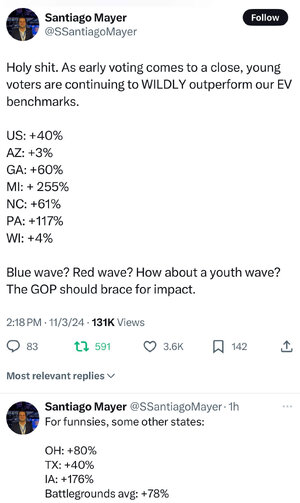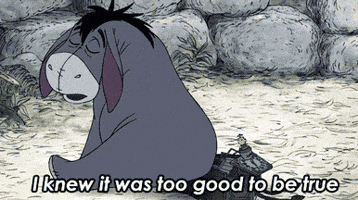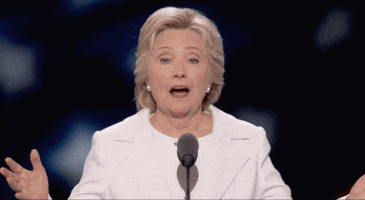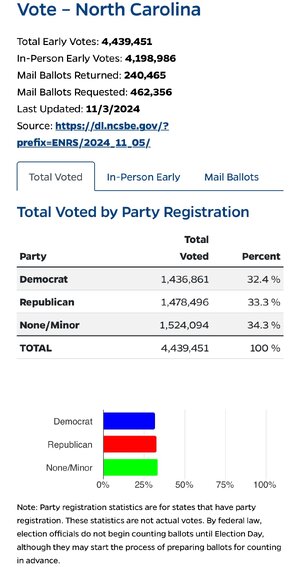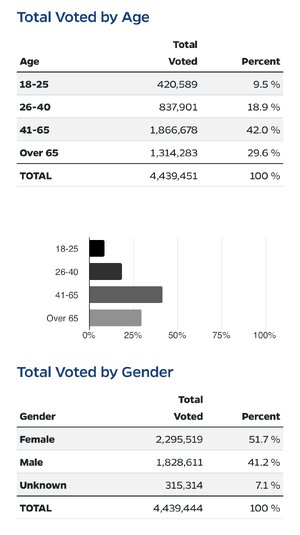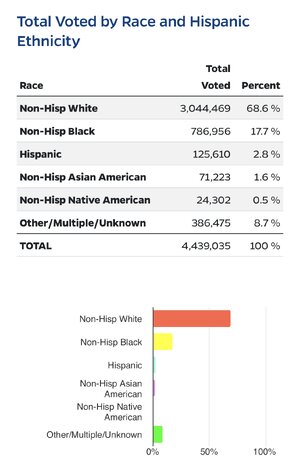So, to refresh our memories, my husband and I went back and watched the news coverage of election nights in 1980 (nbc — it showed up in our YouTube feed, which basically started the rabbit hole), 2012 (nbc), 2016 (nbc) and 2020 (nbc), as well as a quick summary of the 2000 election — just watched the opening mood and skimmed for big calls/exit polling moments.
The 1980 one was hilarious - quick good evening everyone, here is how the electoral college works, we just called some smothers states for Reagan and are calling the election. Like they basically said Reagan is going to win at about 730 ET.
The 2012 election coverage was pretty calm even though it was a super close race ( also found a CNN article from election eve that sounds exactly like ones we are reading this weekend — running out of synonyms for close, tied in the battlegrounds, etc.). Lots of familiar talking points but a different set of swing states (FL and OH the keys, but NC was sort of the last one of the nine swing states and they called it for Romney after a few hours). You could really start to see things breaking Obama’s way between 10-11 ET. They talked up the growing use of early voting and how NC was a leading state with a lot of our voters choosing that route.
The 2016 coverage was sort of celebratory and more energetic in the opening — and while they talked about the polls closing in the last few days, they clearly were planning on a Clinton win. Things started looking grim between 8 and 9 pm for Clinton as the expected Dem surge never materialized, and then the floodgates open between 9 and 10. By about 11:30 that night, it was pretty clear Clinton had badly underperformed in blue urban areas in South Florida . The coverage was increasingly manic and they spent a lot of time between their magic wall and their two exit poll experts. A key to the race was late deciders broke about 2-1 to Trump and double haters likewise broke 2-1 to Trump (presumably a lot of overlap among those voters).
The 2020 coverage was insanely manic from the start. We just skimmed first few hours and the main take-away was how Biden was holding slim leads but well underperforming expected margins.
Anyway, interesting but sobering. The undecided electorate broke to Romney late in 2012, but not by a wide enough margin; it looked like for a while Romney might win the popular vote but lose the EC. Undecideds broke hard Trump late in 2016 in the last few weeks and there were a lot of them.

